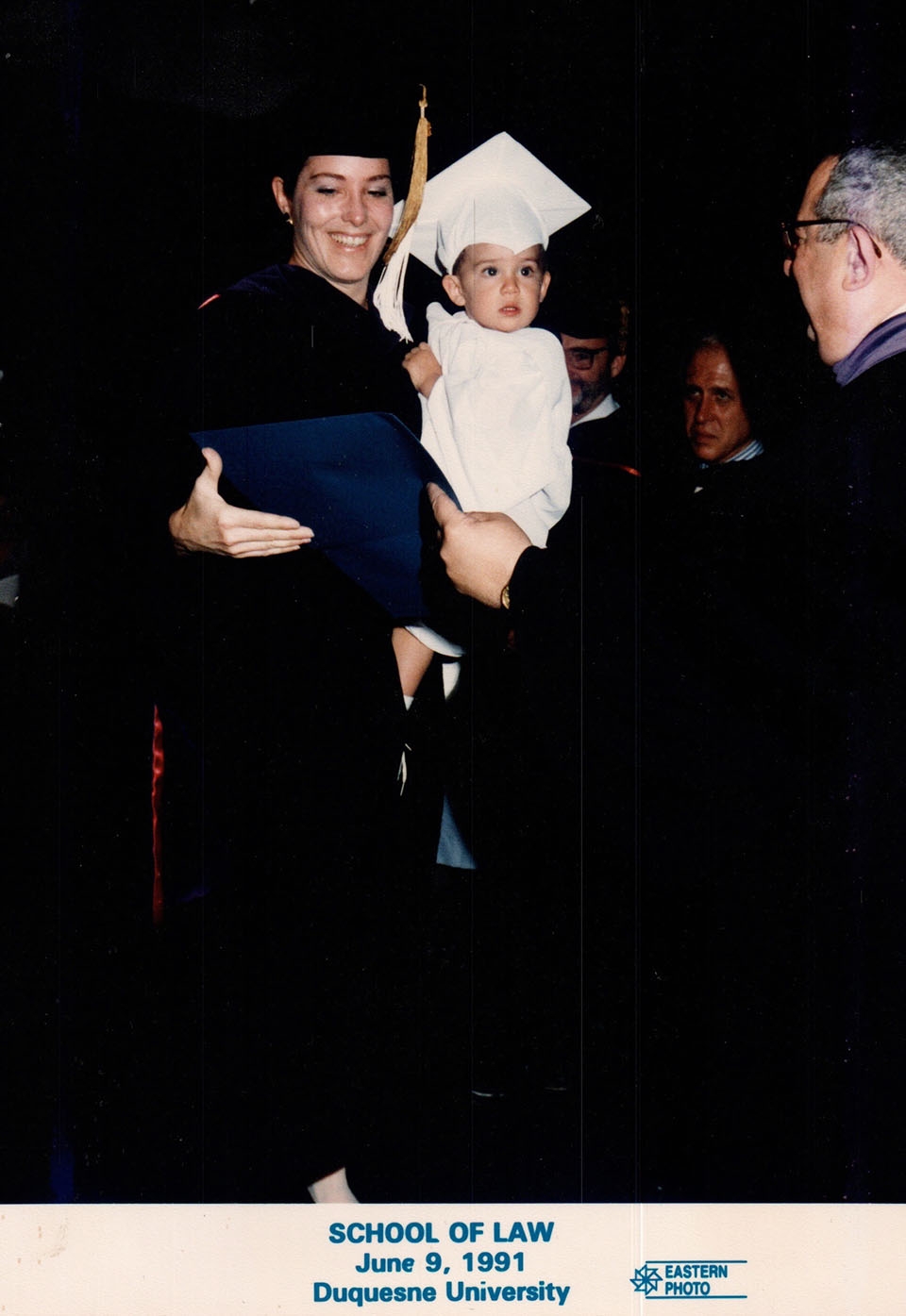
01/31/2019
By Duke Staff
As temperatures dip to record lows in Pittsburgh and across the Midwest, residents are warned to avoid leaving their homes. Schools and universities have cancelled several days worth of classes in anticipation of the below-zero wind chills (including Duquesne, albeit late with their 8 a.m. cancellation on Wednesday morning). And, of course, the alarm bells of climate change are ringing through the bitter winds sweeping the Northern states.
However, despite concern about extreme cold conditions, the president still seems to have difficulty differentiating between climate and weather.
“In the beautiful Midwest, windchill temperatures are reaching minus 60 degrees, the coldest ever recorded. In coming days, expected to get even colder. People can’t last outside even for minutes. What the hell is going on with Global Waming? Please come back fast, we need you!” Trump said in a tweet on Jan. 28 (also notably misspelling the word “warming”).
This general misperception about what weather is and what climate is has become widespread, reaching far past the Oval Office, and is not a new phenomenon under the Trump Administration. You may recall the February 2015 stint in which Sen. James Inhofe (R-Okla.) brought a snowball to the Senate floor as proof that global warming was only a hoax, after 2014 was declared the warmest year on record.
While these misspelled tweets and general ignorance of basic scientific facts can be comical, the fact that a large percentage of the lawmakers in our nation simply do not believe in climate change due to the fact that it snows or temperatures dip below zero is really no laughing matter. According to a report released in October 2018 by the United Nations Intergovernmental Panel on Climate Change, we only have 12 years to completely overhaul our global energy infrastructure in order to limit the long-term impact of global warming.
Though climate change has been widely covered throughout our Opinions section over the years, as the frigid wind plagues the Bluff this week, here are some fast facts that help explain how “Global Waming [sic]” factors into the record setting temperatures we’re experiencing.
A tweet from the National Oceanic and Atmospheric Administration featured a graphic explaining the cold front, detailing the process in which warmer ocean temperatures create an excess of moisture in the air, fueling the creation of the polar vortex. They captioned the graphic, “winter storms don’t prove that global warming isn’t happening.”
According to the New York Times, “heat records have been broken twice as often as cold records in the United States since the 2000s.”
Also according to the New York Times, in December 2017, parts of the U.S. were 15 to 30 degrees Fahrenheit colder than average, but the world as a whole was .9 degrees Fahrenheit warmer than the 1979-2000 average.
Globally, the 20 warmest years on record have been within the last 22 years, according to the World Meteorological Organization.
Having colder-than-normal and warmer-than-normal weather is not uncommon. The movement of polar air from the North Pole to the U.S. is called Arctic Oscillation, and changes in polar atmospheric pressure influence weather patterns in the U.S.
However, the overall warming of the Arctic is changing the jet stream, which alters normal weather patterns, such as pushing polar air below normal latitude levels.
According to KDKA, the low temperatures in Pittsburgh this week are breaking records, as “minus-1 is the record low for Wednesday. Temperatures, though, will continue to fall to minus-6 on Thursday morning. The record there is minus-3.”
While Chicago is currently experiencing near-record lows, Adelaide, Australia is experiencing record highs, recording 116 degrees Fahrenheit this past week, making it the warmest capital city on record, according to the Australian Broadcasting Corporation.
Despite all of these stats and facts, Trump has tweeted skepticism about climate change or global warming 100 times since 2011.



